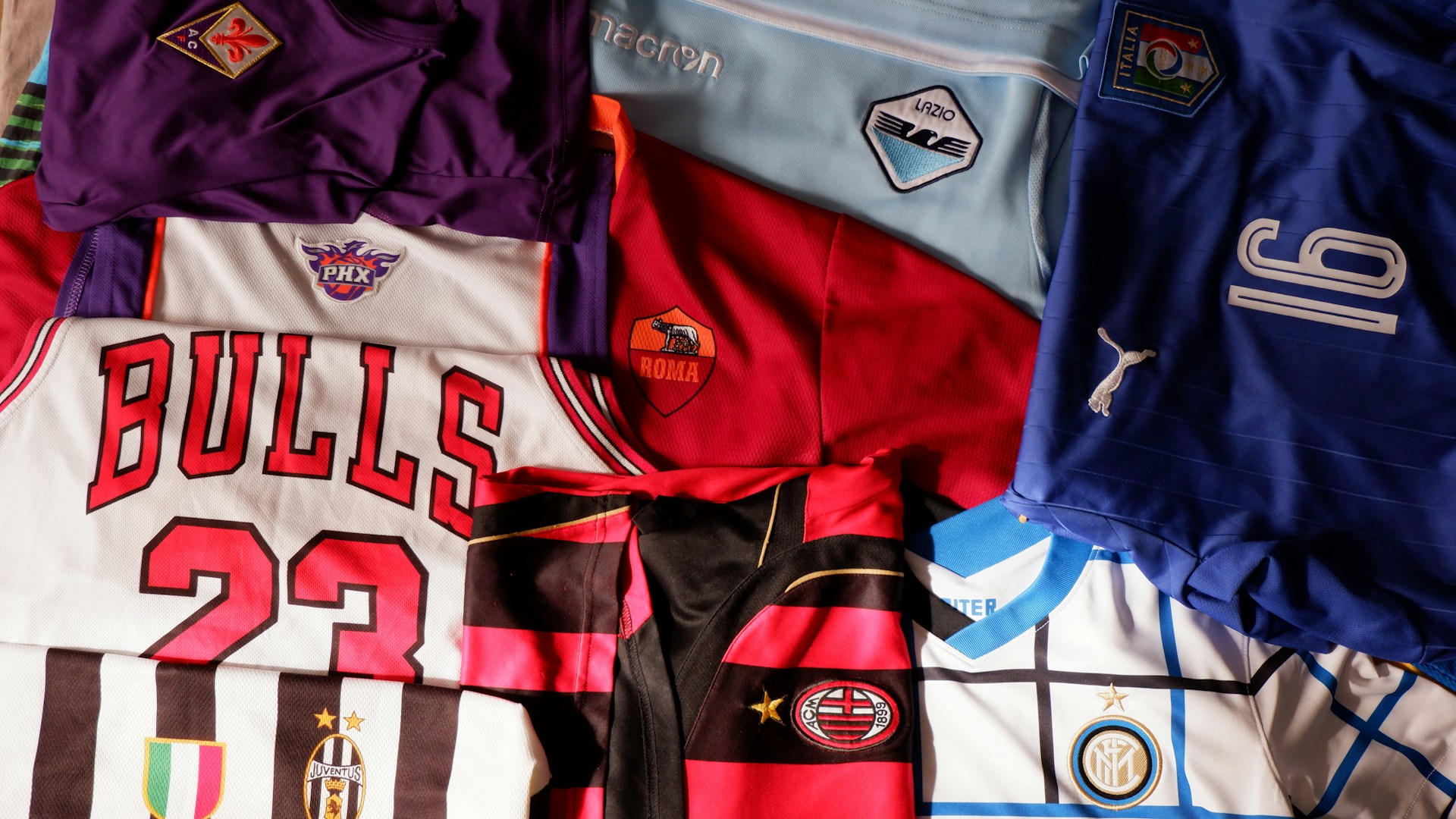Stadiums have long been the epicenters of sports, music, and large-scale entertainment events. However, in recent years, they have evolved far beyond their traditional roles as mere venues. Today’s stadiums are dynamic hubs of technology and innovation, designed to deliver immersive, seamless, and personalized experiences that keep fans engaged and delighted from the moment they arrive until they leave. This transformation is driven by the increasing expectations of fans who demand convenience, speed, and meaningful interactions, as well as by stadium operators seeking to optimize operations and maximize revenue.
In this article, we explore how modern technology is revolutionizing fan servicing in stadiums, the challenges faced, the key innovations being adopted, real-world business cases, and the future outlook for this exciting industry.
The Modern Fan’s Expectations: More Than Just a Game
The fan experience has become a critical differentiator for stadiums competing to attract visitors in an era where live attendance must compete with high-definition broadcasts and digital entertainment at home. Fans today expect:
- Speed and Convenience: Long queues and delays are no longer tolerated. Fans want to enter quickly, order food and merchandise effortlessly, and access facilities without hassle.
- Personalization: Fans want to feel recognized and valued. Personalized offers, tailored content, and customized services enhance loyalty and satisfaction.
- Safety and Comfort: Especially post-pandemic, health and safety protocols, crowd management, and clean facilities are paramount.
- Engagement and Entertainment: Beyond the event itself, fans seek interactive experiences, social sharing opportunities, and immersive technology.
Meeting these expectations requires stadiums to rethink their approach to fan servicing, leveraging technology to create a frictionless, enjoyable journey.
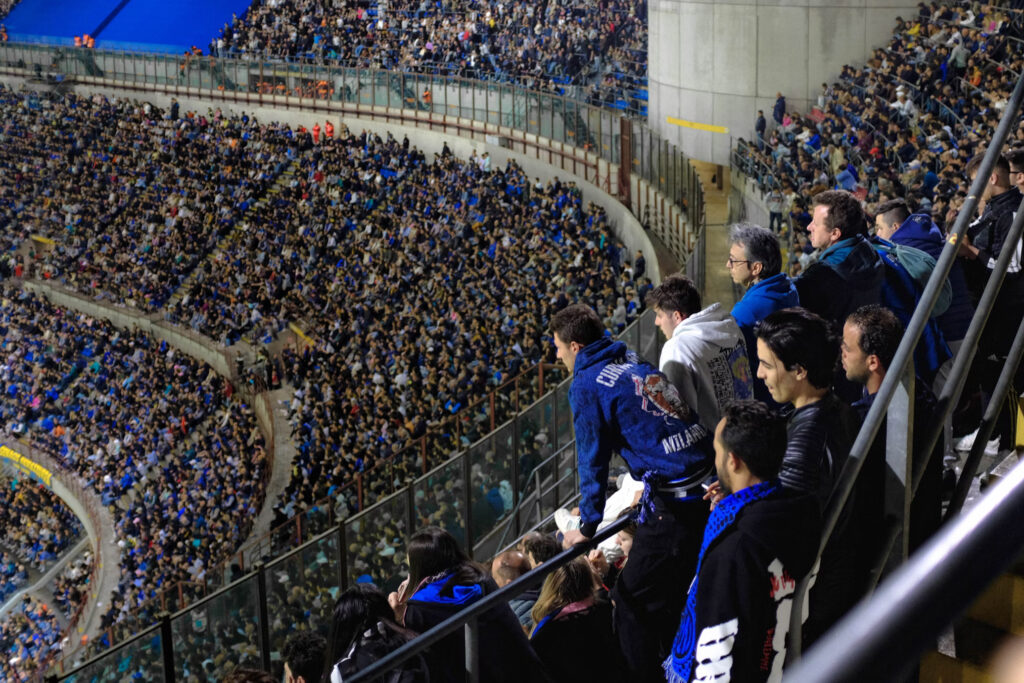
Challenges in Delivering Exceptional Fan Service
Stadiums face unique operational challenges on event days:
- Massive Crowds: Tens of thousands of fans arrive simultaneously, creating bottlenecks at entry points, concessions, restrooms, and seating areas.
- Complex Logistics: Coordinating staff, security, vendors, and services in a sprawling venue is a logistical puzzle.
- Diverse Fan Profiles: Fans range from first-time visitors to season ticket holders and VIPs, each with different needs and expectations.
- Real-Time Responsiveness: Issues such as overcrowding, equipment failures, or security threats require immediate attention.
- Data Silos: Disconnected systems hinder the ability to gain a holistic view of fan behavior and operational status.
To overcome these challenges, stadiums are turning to integrated digital solutions that provide real-time data, automation, and personalized communication.
Key Technological Innovations Enhancing Fan Experience
1. Smart Entry Systems: Speed and Security at the Gate
The entry process is often the first impression fans have of a stadium. Traditional paper tickets and manual checks can cause long delays and frustration. Smart entry systems combine digital ticketing with biometric technologies such as facial recognition to expedite access.
- Faster Processing: Automated gates scan digital tickets and verify identities in seconds, reducing wait times by up to 50%.
- Enhanced Security: Biometric verification helps detect banned individuals or ticket fraud, improving safety.
- Dynamic Updates: Geofencing technology sends real-time notifications to fans about gate changes, parking availability, and estimated wait times, helping them plan their arrival better.
The Cleveland Browns’ Huntington Bank Field has implemented a facial authentication system called “Express Access.” Fans link their Ticketmaster accounts with a selfie, allowing entry gates to process tickets in about 2 seconds on average, reducing wait times by approximately 10 minutes per game. This system also powers “Express Beer” lanes, enabling ultra-fast contactless payments that let fans quickly grab refreshments and return to their seats. The Browns estimate savings of over $8,000 per lane annually due to increased efficiency.
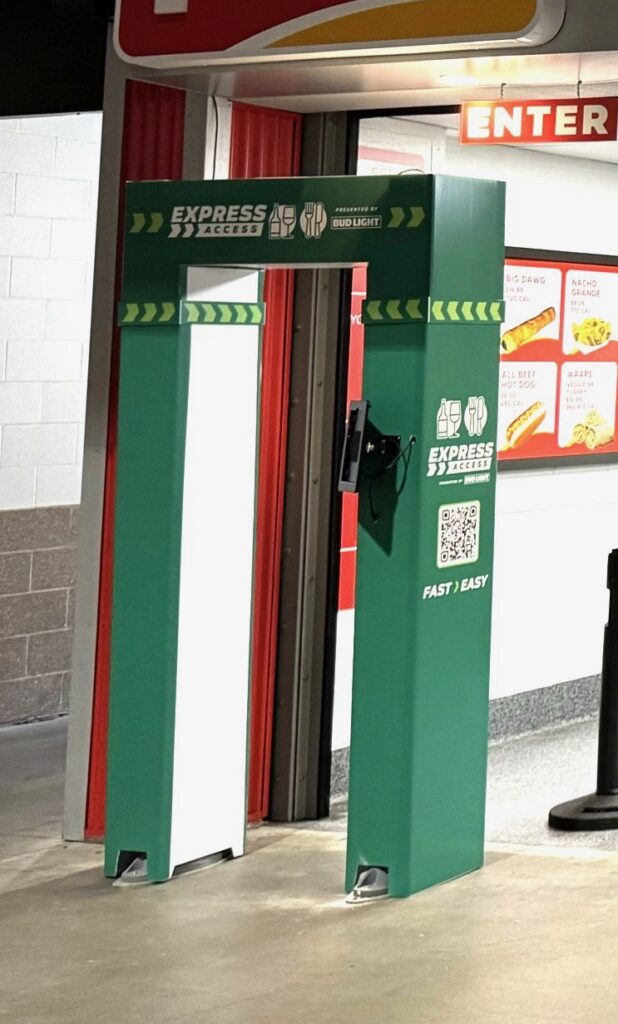
Similarly, the Mercedes-Benz Stadium in Atlanta uses a combination of mobile ticketing and facial recognition to streamline entry and enhance security. These technologies have helped reduce entry wait times and improve overall fan satisfaction, positioning the stadium as a leader in smart venue innovation.
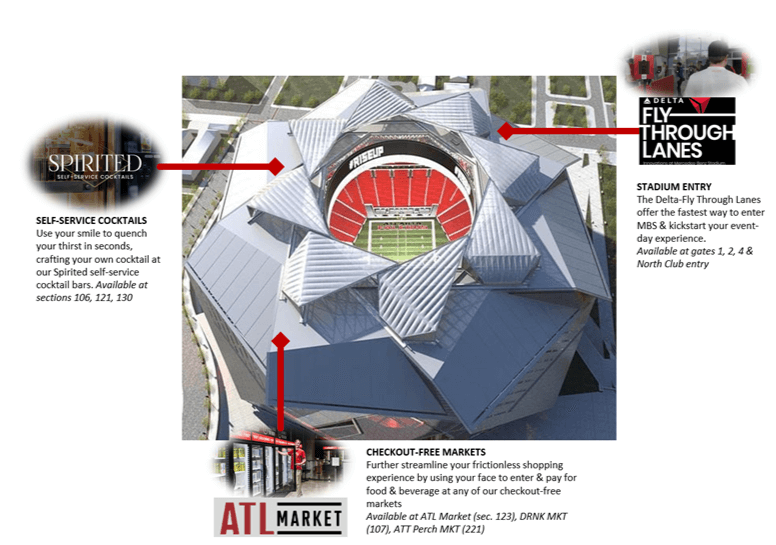
2. Real-Time Crowd and Queue Management: Safety and Comfort
Managing crowd density is critical to prevent overcrowding and ensure safety. IoT sensors, cameras, and AI-powered analytics monitor crowd movement and queue lengths throughout the stadium.
- Dynamic Crowd Control: Staff receive alerts when certain areas become congested and can redirect fans or open additional access points.
- Queue Transparency: Digital displays and mobile apps show wait times at concessions and restrooms, allowing fans to choose less crowded options.
- Emergency Response: Real-time monitoring enables rapid identification of incidents, facilitating swift evacuation or medical assistance if needed.
This technology not only enhances safety but also improves the overall comfort and enjoyment of fans.
The Johan Cruijff ArenA in Amsterdam integrated 9 different smart tools to optimize processes such as ticketing and crowd control. These tools have improved operational efficiency and enhanced visitor experience by enabling better crowd management and streamlined entry. While still evolving, the stadium’s smart technology deployment demonstrates the potential to add value for all stakeholders through improved effectiveness and fan satisfaction.
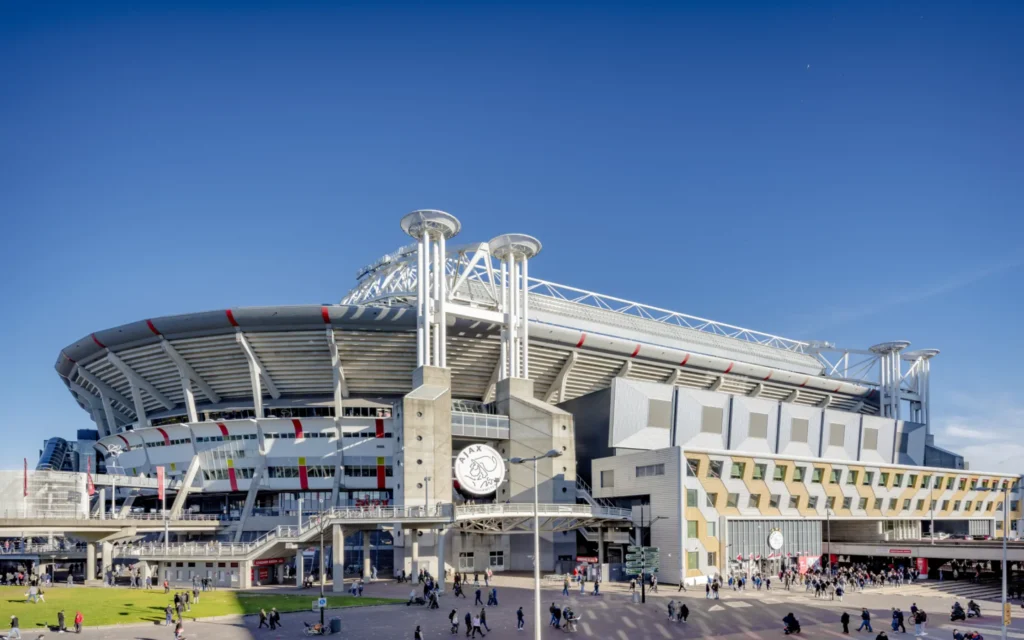
3. VIP Journey Management: Delivering a Red Carpet Experience
VIP guests expect a premium, seamless experience. Technology enables personalized service from arrival to departure.
- Automated Recognition: Facial recognition or Bluetooth-enabled lanyards identify VIPs instantly.
- Staff Alerts: Detailed profiles and preferences are shared with staff, enabling proactive service.
- Geofencing Notifications: Staff receive real-time updates on VIP journeys, allowing timely assistance and smooth transitions between areas.
This level of attention creates memorable experiences that reinforce brand loyalty.
The Gaia platform, powered by Neoma, enabled a seamless and highly-personalised journey of all V/VIP guests across all stadiums, hotels, transport and airports at the FIFA World Cup Qatar and the FIFA Women’s World Cup Australia and New Zealand. Delivering world-class guest journeys boosted operational efficiency by +20%, V/VIP satisfaction by +45% and made checkins 3x faster.
What would the FIFA Guest Operations lose by not using the Gaia platform ? According to FIFA, “The way operations are working today is not sustainable and they cannot really manage guests and properly track the services they provide. Gaia gave them the ability to have a better identification of the guests, and to anticipate and understand what each guest is supposed to be doing. They want to get rid of Whatsapp messages, as they receive thousands of messages in groups that are impossible to follow. They want to anticipate services they need to provide and be ready for them. It means that if a person has arrived and gone to their hotel, it is reported that they arrived, were properly greeted, successfully checked-in, etc. If any issue happened, it is documented and reported. It’s really about improving visibility and awareness of the services, and to track whether the services are provided properly or not. What they need to achieve is service excellence with full awareness, and Gaia gives them that”.
4. Mobile Ordering and Contactless Payments: Convenience at Your Fingertips
Long lines at food and merchandise stands are a common pain point. Mobile ordering apps integrated with contactless payment systems allow fans to browse menus, place orders, and pay from their smartphones.
- In-Seat Delivery: Some stadiums offer delivery directly to seats, so fans don’t miss any action.
- Dynamic Pricing and Inventory: Real-time data helps vendors adjust prices based on demand and restock popular items promptly.
- Reduced Physical Contact: Contactless payments and ordering reduce queues and enhance health safety.
The Sacramento Kings’ Golden 1 Center offers a mobile app that enables fans to order food and drinks for pickup or delivery, significantly reducing wait times and improving fan convenience.
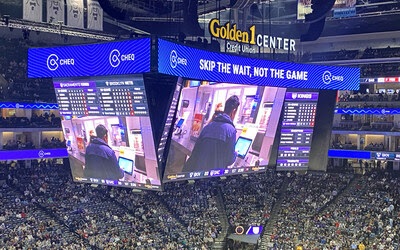
5. Personalized Fan Engagement: Building Loyalty Through Data
Integrating ticketing, point-of-sale, and customer relationship management (CRM) systems allows stadiums to build detailed fan profiles.
- Tailored Offers: Fans receive personalized discounts, merchandise recommendations, and exclusive content based on their preferences and purchase history.
- Targeted Marketing: Real-time occupancy data supports location-based promotions, encouraging fans to visit underutilized areas.
- Interactive Experiences: Augmented reality (AR) and gamification features engage fans during downtime, enhancing their connection to the event.
Personalization fosters a sense of belonging and encourages repeat visits.
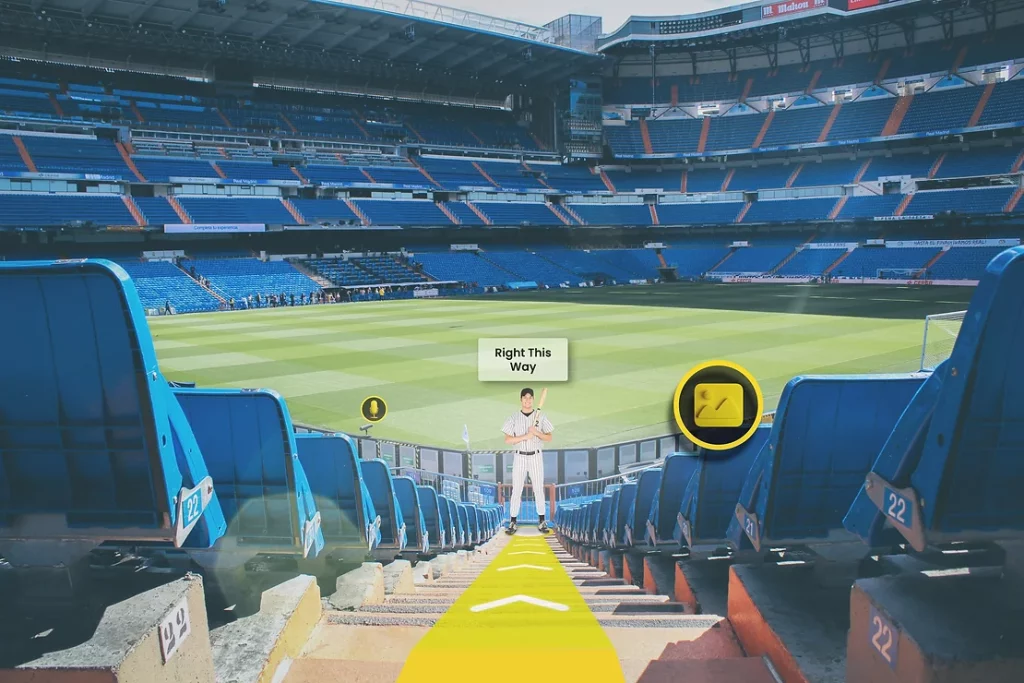
6. Intelligent Space and Resource Management: Optimizing Operations
IoT sensors track usage of VIP lounges, restrooms, and common areas, enabling dynamic allocation of cleaning and staffing resources.
- Efficient Staffing: Staff schedules adjust in real-time based on crowd density and facility usage.
- Hybrid Workspace Solutions: Some stadiums double as event or co-working spaces on non-event days, using smart booking systems to optimize desk and room occupancy.
- Sustainability: Monitoring energy and water usage helps reduce environmental impact and operational costs.
Qatar’s stadiums for the FIFA World Cup 2022 implemented a cloud-based control system managed by Honeywell and INTALEQ. This system centralized building management, access control, intrusion detection, and energy optimization across eight venues spread over 40 miles. The solution enabled real-time monitoring, rapid response to safety needs, and sustainable energy use. A unique sensor-based pitch-cooling system was also implemented to maintain player comfort. This large-scale integration delivered reliable, cost-effective operations and exceptional fan and athlete experiences during the tournament and beyond.
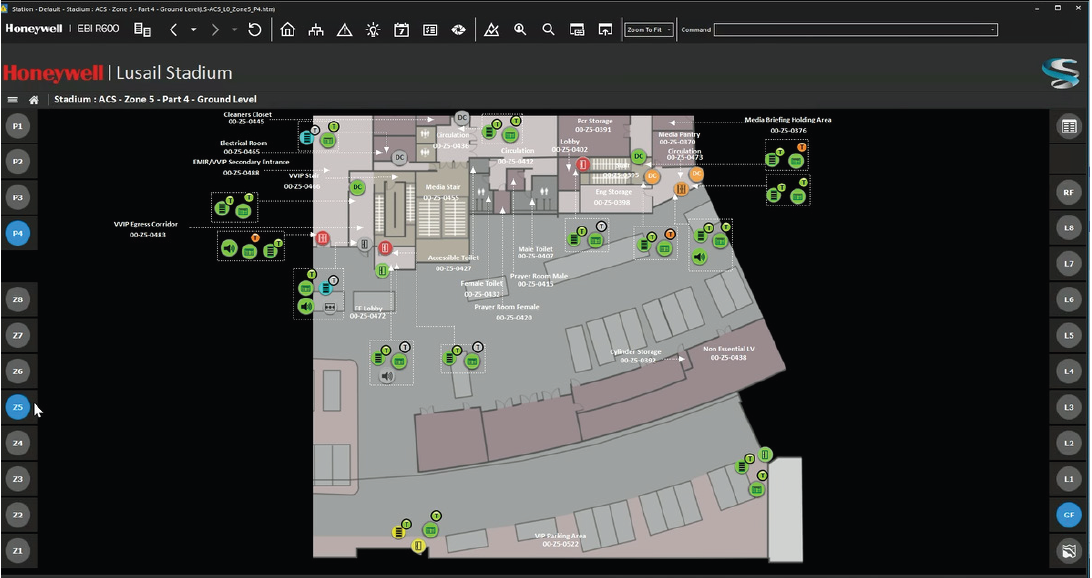
The Importance of Seamless Integration
The true power of these technologies lies in their integration. Disconnected systems create friction and inefficiencies, while a unified platform provides:
- Holistic Insights: Combining data from entry, concessions, security, and fan engagement systems offers a comprehensive view of operations and fan behavior.
- Coordinated Response: Staff across departments can communicate and act swiftly based on shared real-time information.
- Consistent Fan Experience: Fans enjoy a smooth journey without having to navigate multiple apps or interfaces.
Future Trends: What’s Next for Fan Servicing?
The evolution of fan servicing is ongoing, with exciting innovations on the horizon:
- Enhanced Social Integration: Platforms that enable fans to share experiences in real-time and connect with others will deepen engagement.
- AI Agents for Fans: Intelligent assistants can answer fan queries instantly, provide directions, and handle service requests.
- Augmented and Virtual Reality: AR apps can provide interactive stadium tours, player stats overlays, and immersive halftime shows.
- Sustainability Initiatives: Green technologies and smart resource management will become integral to stadium operations.
Balancing these technologies with human interaction will be key to maintaining warmth and authenticity in fan servicing.
Conclusion: Embracing the Future of Fan Servicing
Stadiums today stand at the intersection of technology, entertainment, and hospitality. By embracing smart entry systems, seamless VIP management, mobile ordering, personalized engagement, and intelligent resource allocation, they can transform fan servicing into a memorable journey.
The key to success lies in integration and a human-centric approach that values every fan—from the casual attendee to the VIP guest. As technology continues to advance, stadiums that innovate thoughtfully will not only enhance fan satisfaction but also drive operational excellence and long-term loyalty.
The future of fan servicing is here: innovative, personalized, and effortlessly connected. It’s time for stadiums to step into this new era and redefine what it means to be a fan.
Interested in learning more? Talk to Neoma Sales today.
